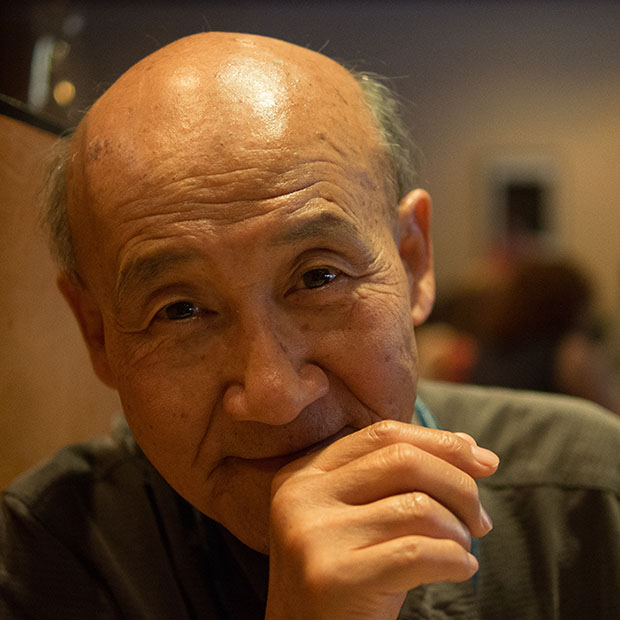How Getting Older Changes Our Eyes

Aging affects us in all kinds of ways, and that includes our eyesight.
In fact, age is the biggest risk factor for a number of chronic eye problems that can threaten our vision, which is why it’s so essential to be informed and stay on the lookout for signs of age-related vision loss. There’s a lot we can do to promote good eye health as we get older.
How Age Relates to Sight-Threatening Conditions
Conditions like glaucoma, diabetic retinopathy, retinal detachment, macular degeneration, and cataracts all become much more likely the older we get. Many of these can be delayed, managed, treated, or even reversed. Science and technology are improving all the time, so the prognoses for these conditions are likely to get better in years to come. Early detection is critical, though, which is why regular eye exams become increasingly crucial as we age.
Common Minor Vision Changes that Come With Age
Not all the ways age can impact vision are as serious as these conditions, but it’s still important to be aware of them because they do take getting used to. Here’s a brief overview of the most common vision changes that come with age:
- Requiring more light to see. The older we get, the more light we tend to need to see clearly. You might find yourself making more and more use of reading lamps!
- Sensitivity to glare. This one is particularly distracting while driving, due to the reflections off other cars. Polarized lenses can be a life-saver here!
- Difficulty seeing small print and details. Most of us will need reading glasses or bifocals as we get older because of something called presbyopia.
- Changes in color perception. Sometimes the lens in the eye can become slightly discolored, which impacts the colors we see.
- Decreased tear production. We need plenty of tears to keep our eyes healthy and protected from outside irritants. Make sure to bring up any symptoms of dry eye to the eye doctor.
How You Can Help Your Eyesight
The eye doctor isn’t the only one who can help you maintain healthy vision well into old age; there’s a lot you can do as well. Living a healthy lifestyle is hugely important. Staying active, eating healthy, and avoiding harmful habits like smoking all reduce the chances of developing sight-threatening conditions (among other health benefits). Wearing UV-blocking sunglasses while outside in the sun is also essential, because UV damage is cumulative over the course of our lives.
Our First Goal Is Our Patients’ Lifelong Vision Health
We cannot overstate the importance of yearly eye exams to patients who are getting older. If you’re not sure when your last appointment was, why not get on that yearly schedule now by scheduling your next appointment today? There’s no time like the present!
